Statistics A Tool for Social Research 10th Edition by Joseph F. Healey – Test Bank
Chapter 4
- Measures of dispersion indicate the degree to which a set of scores is
- heterogeneous.
- ambiguous.
- average.
- typical.
ANSWER: a
REFERENCES: 91
LEARNING OBJECTIVES: STAT.HEAL.15.04.01 – Explain the purpose of measures of dispersion and the information they convey.
- Which of the following data sets shows the greatest variability? a. 9, 10, 11
b. 0, 5, 9
c. 50, 60, 170
d. 31, 33, 35
ANSWER: c
REFERENCES: 91
LEARNING OBJECTIVES: STAT.HEAL.15.04.01 – Explain the purpose of measures of dispersion and the information they convey.
- Measures of dispersion provide information about the
- typical or most common score.
- variety within the distribution of scores.
- size of the sample.
- adequacy of the selection criteria for the sample.
ANSWER: b
REFERENCES: 92
LEARNING OBJECTIVES: STAT.HEAL.15.04.01 – Explain the purpose of measures of dispersion and the information they convey.
- Measures of central tendency (like the mean) and measures of dispersion (like the range) provide information about distributions of scores which is
- contradictory.
- redundant.
- unnecessary.
- complementary.
ANSWER: d
REFERENCES: 92
LEARNING OBJECTIVES: STAT.HEAL.15.04.01 – Explain the purpose of measures of dispersion and the information they convey.
5.One problem with the range (R) as a measure of dispersion is that it
- is very difficult to calculate.
- ignores the most extreme scores.
- can be used only for nominal-level variables.
- is based on only the most extreme scores.
ANSWER: d
REFERENCES: 93
LEARNING OBJECTIVES: STAT.HEAL.15.04.02 – Compute and explain the range, the interquartile range, the standard deviation, and the variance.
- An advantage of the interquartile range (Q) over the range (R) is that it
- can be used for nominal-level variables.
- includes the most extreme scores.
- is based on only the middle 50% of the scores.
- ignores the first and third quartiles.
ANSWER: c
REFERENCES: 93
LEARNING OBJECTIVES: STAT.HEAL.15.04.02 – Compute and explain the range, the interquartile range, the standard deviation, and the variance.
- The second quartile (Q2) is equal in value to
- the mode.
- the median.
- the mean.
- the range.
ANSWER: b
REFERENCES: 93
LEARNING OBJECTIVES: STAT.HEAL.15.04.02 – Compute and explain the range, the interquartile range, the standard deviation, and the variance.
- The interquartile range would be an appropriate measure of dispersion for
- nominal-level variables.
- continuous interval-ratio level variables only.
- ordinal level variables.
- discrete interval-ratio level variables only.
ANSWER: c
REFERENCES: 93
LEARNING OBJECTIVES: STAT.HEAL.15.04.02 – Compute and explain the range, the interquartile range, the standard deviation, and the variance.

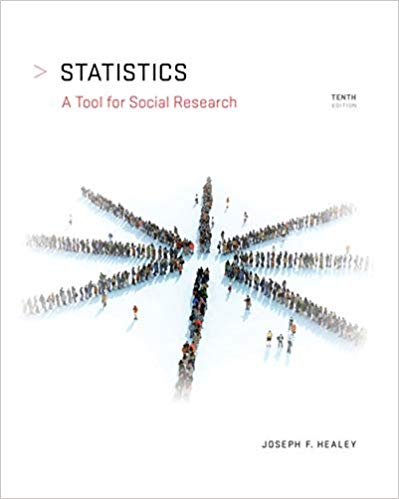

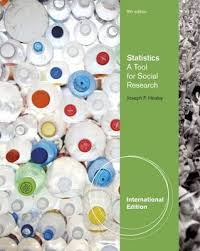




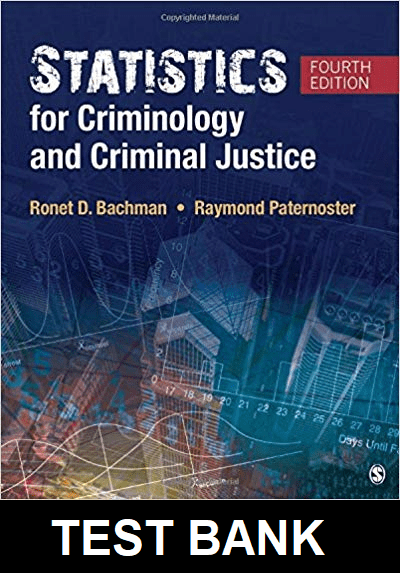
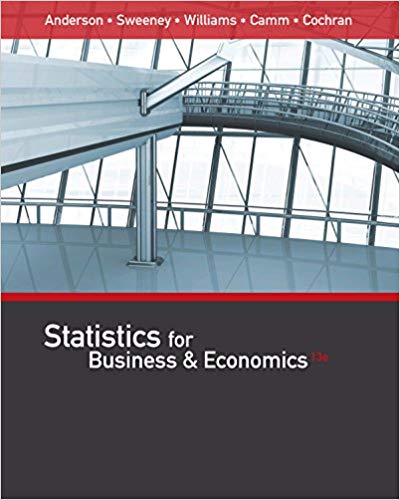

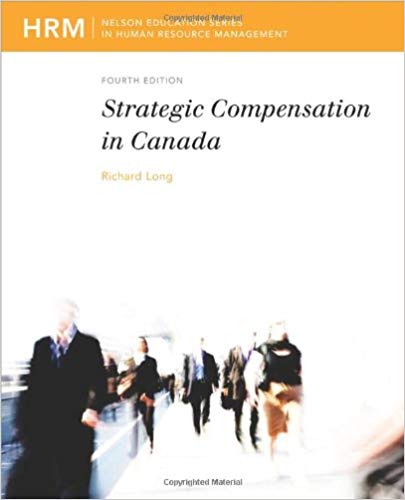

Reviews
There are no reviews yet.